Phoenix sylvestris - Silver date palm
richard852
17 years ago
Featured Answer
Sort by:Oldest
Comments (24)
User
17 years agogalveston1602
17 years agoRelated Professionals
Lowell Landscape Architects & Landscape Designers · Redondo Beach Landscape Architects & Landscape Designers · Aberdeen Landscape Contractors · Andover Landscape Contractors · Hurricane Landscape Contractors · La Mirada Landscape Contractors · Long Branch Landscape Contractors · Ringwood Landscape Contractors · South Farmingdale Landscape Contractors · Stallings Landscape Contractors · Kingsburg Landscape Contractors · Marietta Window Contractors · Aventura Window Contractors · Marshfield Window Contractors · San Juan Capistrano Window Contractorstopher2006
17 years agogalveston1602
17 years agomerrill
17 years agoSteve
17 years agotopher2006
17 years agotopher2006
17 years agofritoxtreme
17 years agomerrill
17 years agoAdam Harbeck
17 years agobirdinthepalm
17 years agoAdam Harbeck
17 years agoskor2112
13 years agoneonrider
11 years agoUser
11 years agoshanddavies
8 years agostanofh 10a Hayward,Ca S.F. bay area
8 years agoshanddavies
8 years agolast modified: 8 years agoshanddavies
8 years agopalmbob
8 years agostanofh 10a Hayward,Ca S.F. bay area
8 years agoshanddavies
8 years ago
Related Stories

DECORATING GUIDESColor of the Week: Decorating With Warm Gray
Tired of tan? Getting gloomy from cool gray? Make warm gray your new go-to neutral
Full Story
ARCHITECTUREStates of Style: Arizona's Grand Appeal
From golden sunsets to turquoise gemstones, this desert state embraces colorful and bold design
Full Story
MOST POPULAR8 Great Kitchen Cabinet Color Palettes
Make your kitchen uniquely yours with painted cabinetry. Here's how (and what) to paint them
Full Story
PHOTO FLIP60 Kitchen Sinks With Mesmerizing Views
Check out this parade of views from the kitchen sink and tell us: Which offers the best backdrop for doing the dishes?
Full Story
BEDROOMSTrending Now: 25 Bedrooms We’d Love to Fall Asleep In
Looking for a comfortable and calm space? Consider some of the most popular new bedroom photos on Houzz
Full Story
THE HARDWORKING HOMEA Laundry Makes Room for a Diva Cat
A South Carolina laundry room was designed to be sophisticated and functional, but when a kitten arrived, whimsy emerged
Full StoryMore Discussions






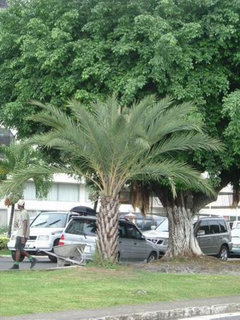
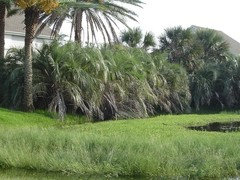
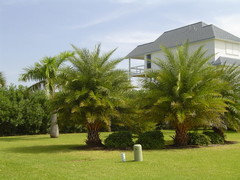

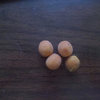
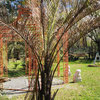
stanofh 10a Hayward,Ca S.F. bay area